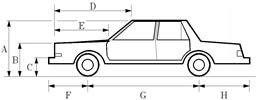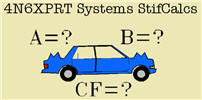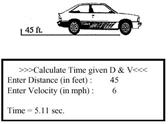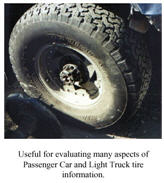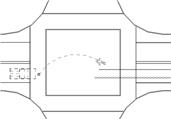Are ALL Trim models identified? No. When a particular trim package was sold as a distinct model, or that trim style has a change in standardized safety equipment, it is so listed in our locator table. If the trim package was only a variation on upholstery or chrome, it is not listed separately.
What is your source or sources of information? The first source is the manufacturer’s brochures. Detail dimensions are obtained by actually measuring undamaged vehicles. The curb weight is from the manufacturer’s literature and represents the most common configuration of engine, transmission, and trim sold for that model. The same source is used for tires and turning circle. Acceleration and Braking data is from various magazines reporting actual test data. The NSDC (No Significant Dimensional Changes) year range is obtained from body shop literature.
How accurate are the dimensions? We round the data to the nearest inch (> .5 = 1, < .5 = 0). However, it is not uncommon to find new vehicles where the wheelbase on one side is as much as 3 inches different than that on the other side. Also, the manufacturers frequently make minor changes during the model year which may influence front and rear overhangs, vertical measurements, and so on. This is the best that one can do without measuring 5 of each model per month per model year, doing statistical analysis of the data, and being two years behind in the release of data for a ” new model year” .
What is the “turn around” time? The normal turn around time from receipt of request until faxing the data back is 4 hours. However, if difficulties in finding data arise, we may not have a response back for 1-2 working days.
What if I have no complaints or problems? Tell your friends, neighbors, attorneys, police departments, and vehicle sales dealers, so that they too can have a copy!
What does “KEES” stand for? What is it? The Kinetic Energy Equivalent Speed (KEES) is a way of talking about an amount of Kinetic Energy in terms of a speed, rather than energy. It is the speed equivalent of the Kinetic Energy used up by a vehicle. One common use of this in accident investigation/reconstruction is the minimum speed from skid. This is a calculation of how much Kinetic Energy was used up by skidding a vehicle. A paper authored by Daniel W. Vomhof III on the importance of a KEES calculation in Rear and Side impact Crash Testing is available in PDF format from our site.


